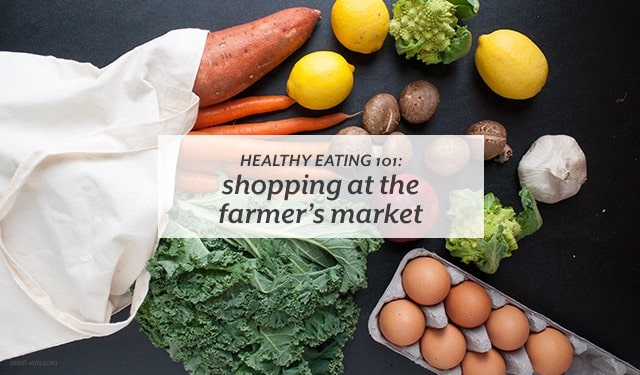
This is part of a series I’ve been creating for Azumio. Azumio is an app company dedicated to improve health and wellness by tracking sleep and steps, monitoring your glucose levels and heart rate, and providing exercise libraries and routines.
You’ve been getting your produce at the grocery store for a while, but have you ever looked at the signs listing the price and noticed how much of the produce doesn’t come from your state? Or even your country? To keep up with demand and to make the grocery store a one stop shop, they will import produce from other regions or other countries. While it’s nice to know you can get tomatoes when they’re out of season in your area, those tomatoes won’t taste quite as fresh. They’ve also probably traveled hundreds or thousands of miles, spending a lot of money and fuel that impacts the environment. Those costs are transferred to you with a more expensive tomato.
What’s a Farmers Market?
If you’re interested in saving money, eating local food, or finding different produce, consider going to a farmers market. Farmers markets are a gathering of different farmers, growers and vendors. You could find a lot more at a farmers market besides produce, like fresh eggs, butter, honey, seafood and meat, prepared foods, spices, or even grains and dried beans. They all vary from location to location.
Some are permanent and in a building (like Pike Place Market in Seattle, the Original Farmers Market in Los Angeles, or Reading Terminal in Philadelphia), but most are set up in temporary places outside on set days and times of the week. Most permanent markets are year round, and the temporary markets can be year round to seasonal, depending on where you live.
You can find farmers markets in your area by looking on Local Harvest or checking your city’s website. Once you find one, do a little more digging to see if it’s still active or active in the time of year you want to attend.
